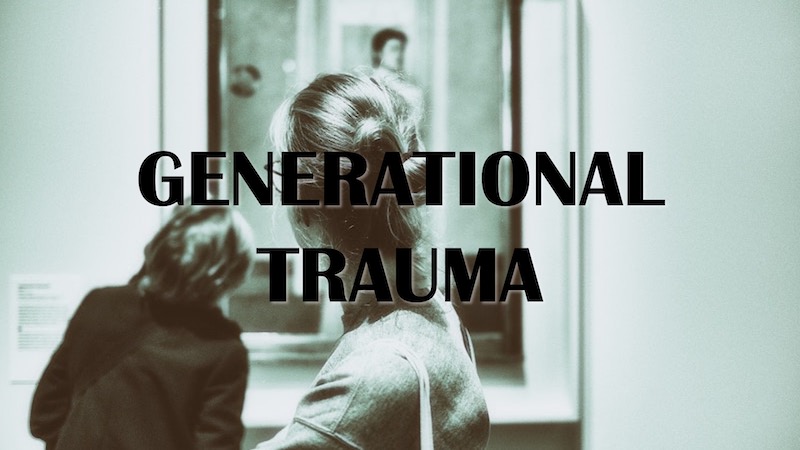The closer we get to a trauma, the more it affects us
- 24 November 2025
- Posted by: Michael H Hallett
- Category: Emotional principles , Generational trauma ,

When we speak of trauma, we tend to imagine it as something distant—an event in the past, safely contained. But trauma work reveals a different and far more insidious reality: the deeper and more intimately we approach our trauma, the closerwe get to it—whether personal, ancestral, or collective—the more powerfully it shapes our lives.
Trauma isn’t a single isolated scar; it’s a web of ripples. I recognise five interlocking ‘layers’ of trauma: current-life trauma, generational trauma, community trauma, racial trauma, and ancestral trauma. Each of these ripples collides with, compounds, and magnifies the others, forming a dense network that permeates our inner world. The closer we tread to a source—say, unprocessed ancestral pain or the mother wound—the greater its effect.
Proximity
Why does proximity matter?
Trauma isn’t just stored in our memories; it lives in our bodies, in our DNA, in the architecture of our psyche. Trauma affects us at the mental, emotional and physical level. The stress from traumatic events is literally frozen in time and transmitted across generations.
When we try to access it—whether through deep self-reflection, reverse engineering our emotional responses, or psycho-spiritual work—we bring ourselves into direct contact with that ‘frozen’ energy.
If you look at an ice cube, it’s just a shiny block of frozen water. Pick it up with your bare fingers and it feels cold—it freezes to your skin. The closer we get, the more it affects us.
Trauma is a bottom feeder, like the shark in the image above. It swims around in the murk above the sea floor, on the edge of awareness. We know it’s there—but it’s not until it snaps at us that we know it’s really there.
Getting closer
This process of getting closer to trauma is not easy.
In Emotional Reverse Engineering, I describe how to trace the outputs — our behavioural patterns, feelings, repeated responses—back through the processes, and finally to the inputs: the underlying traumas. But as we dig back, we often uncover more than just one wound; we run into shame, denial, and ancestral secrets that may have been buried for generations.
And it’s precisely when we get that close that the trauma can feel most threatening. Our body’s protective systems kick in. Generational trauma is a frozen fight-or-flight response—a chemical imbalance that didn’t resolve at the time and remains stored in our system. Re-opening the wound means reactivating that adrenaline, reawakening old defence mechanisms, experiencing old instances of emotional overwhelm.
Approach your trauma, and it will bite. The closer you get, the harder it bites. This turns trauma release work into a race against time. The nearer you get to it, the less your ability to deal with it as the paralysing effect at the heart of all traumas intensifies.
The embrace of healing
To heal is to embrace our wound so closely that it melts into—and out of—us.
Healing lives in these moments of proximity. When we courageously open ourselves to trauma—whether inherited or personal, which is often a replication of an inherited trauma— we invite transformation. We can consciously process what was once unconscious, dismantle shame, and rebuild connection: to ourselves, to others, and to our lineage.
The closer we get to trauma, the more it affects us—but that very nearness is where healing begins. The work may be demanding, but it offers one of the most profound opportunities for growth, reclamation, and liberation.
Next steps
For further resources on generational trauma, both free and paid, please click on this image.

Photo by Bharath Kumar on Unsplash
